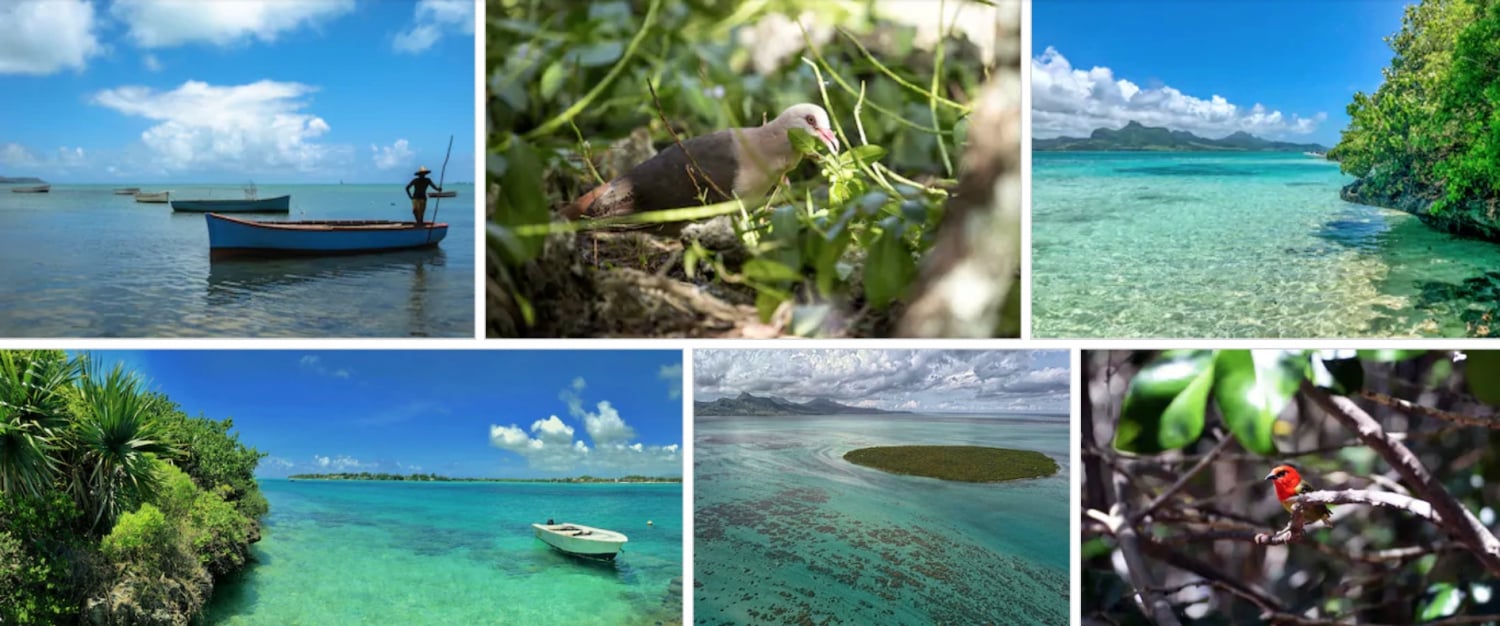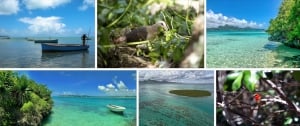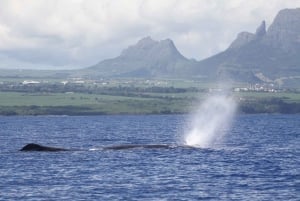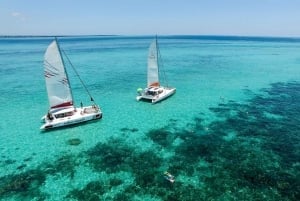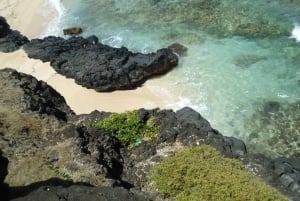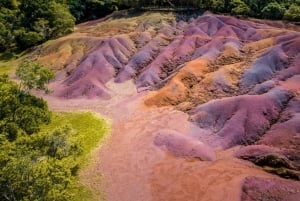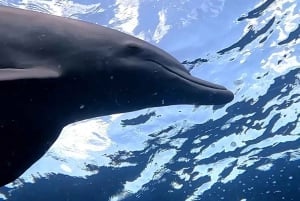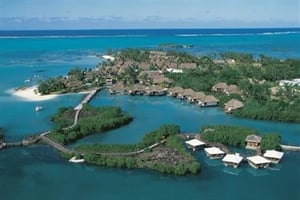Ile aux Aigrettes
In 1965, three years before Mauritius gained its independence from the British, Ile aux Aigrettes was declared a nature reserve
Ile aux Aigrettes is a small island located some 800m off the south eastern side of Mauritius not far from the village of Mahebourg and Blue Bay beach. Named after a white long-legged fisher bird, "Aigrettes", pronounced as "egret" which no longer inhabits the uninhabited island, Ile aux Aigrettes has been a nature reserve for almost half a century.
Mauritius and most of the islets off its coast are of volcanic origin but as far as Ile aux Aigrettes is concerned, it is made up of coralline limestone. This small island is a great place for visitors who admire nature and history. It is surrounded by a beautiful turquoise sea, and it has a beautiful view of a magnificent Mountain named "Montagne Lion" on the mainland in the nearby village of Grand Port .
Enjoy a guided tour to explore this breathtaking island which is home to endemic species; encounter the Giant Aldabra Tortoise, the amazing Ornate Day Geckos, and Rare Pink Pigeon, which have made the island their pristine home. You will surely take fond memories back home!
Location and Deforestation
The island lies around 800m off the south east coast of Mauritius, close to Vieux Grand Port and Pointe D'Esny beach. Unfortunately its proximity to Vieux Grand Port, where the Dutch landed, and which is also the first Port of Mauritius, led to a severe deforestation of the island which threatened its fauna and flora.
The Dutch exported ebony wood to Europe to make high quality furniture. The French constructed a lime kiln on the island and used ebony wood to operate it. The ruins of the old lime kiln can still be found on Ile aux Aigrettes. The British, who took possession of Mauritius in 1810, set up a military base on the island and built fortifications and installed cannons during the Second World War.
Nature Reserve and Rehabilitation
In 1965, three years before Mauritius gained its independence from the British, Ile aux Aigrettes was declared a nature reserve. The Mauritian Wildlife Foundation (MWF), the only non-governmental organisation dedicated to the conservation and preservation of endangered plant and animal species, began a rehabilitation and conservation project of Ile aux Aigrettes in 1986 with the help of local sponsors, foreign and local volunteers and international partners like the Durell Wildlife Conservation Trust (DWCT). The Princess Royal, HRH Princess Anne, visited the island in 1998, as the Patron of DWCT, and came back in 2010 to pay tribute to the conservation works done.
Ile aux Aigrettes is home to a remarkable number of endangered species of plants such as ebony, bois de boeuf, bois de chandelle or bois de rat, and bois de fer. Before these could be introduced, exotic plants such as Acacia and Malagasy plum bushes, and predators such as the muskrat had to be eradicated. You will find birds in danger of extinction like Pink Pigeons and Kestrels and small animals like the Ornate Day Geckos and Aldabra tortoises all of which create fascination for young and old alike.
The Mauritian Wildlife Foundation (MWF) have built a house on the island to ensure there is a continuous conservatory presence and have also set up a rehabilitation nursery where thousands of plants are grown to restore the island's flora.
The island, once home to the Dodo, boasts the only surviving colony of Mauritius' coastal ebony forest, which cannot be found elsewhere on the mainland.
Visitors
After more than 10 years of intense rehabilitation work, Ile aux Aigrettes was reopened to the public in November 1997. However, the MWF controls the number of visitors to safeguard the fragile eco system, and also to allow volunteers to work reintroducing the island's original fauna and flora.
You can book a visit to the island by phone 230 631 2396 or whatsapp 5258 8139 or by booking online below
If you wish to buy souvenirs from the island, don't forget to visit the Visitors' Centre gift shop.


